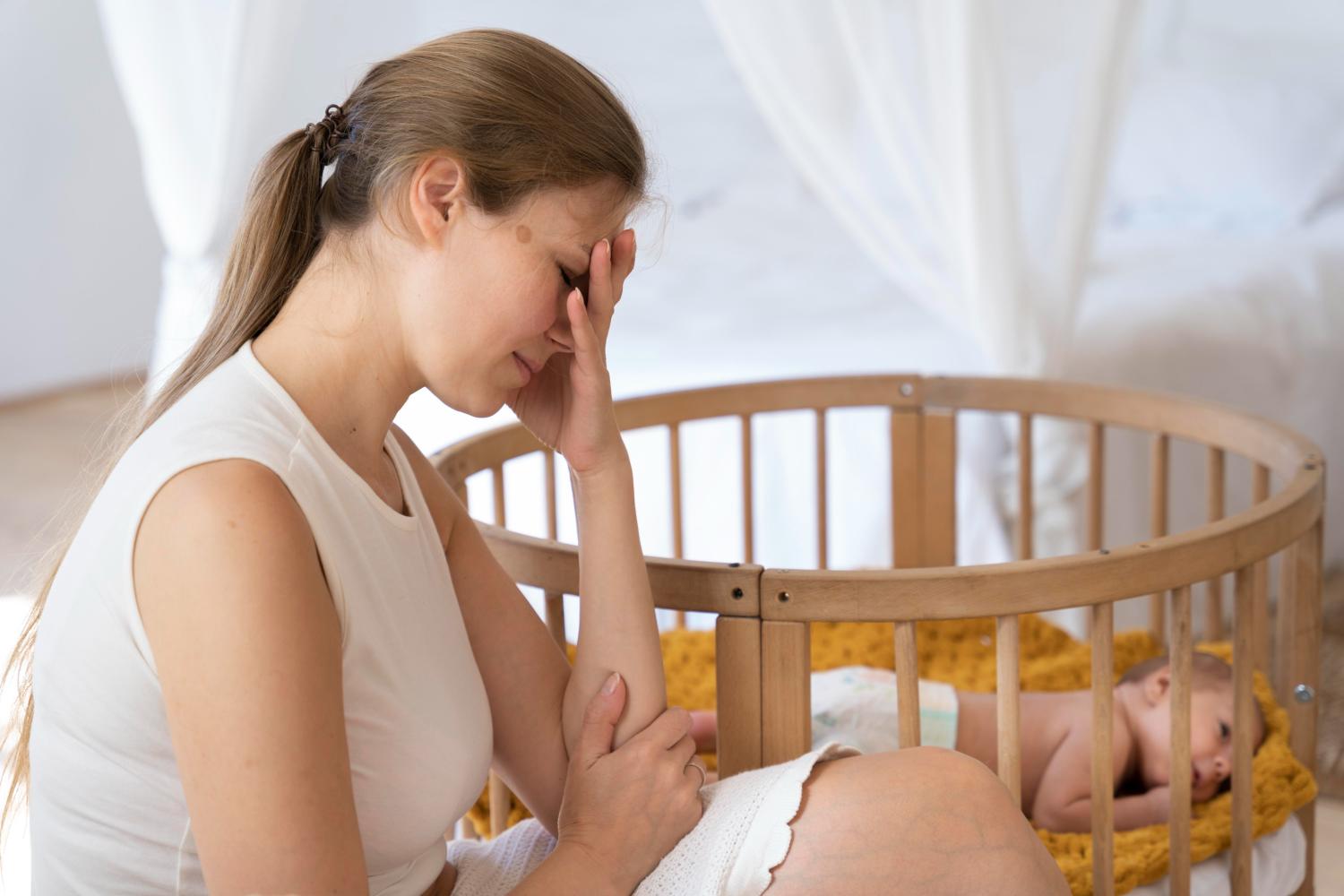
Pelvic muscles and ligaments hold uterus in place. Uterine prolapse occurs because of stretching of pelvic floor muscles and ligaments. They cease to provide the much-needed support to the uterus. Consequently, the uterus sags, slips down into or protrudes out of the vagina.
Uterine prolapse could be either complete or incomplete. When the uterus falls significantly and some tissue protrudes outside of the vagina leads to complete prolapse, whereas if the uterus is only partly sagging down the vagina causes incomplete prolapse
There is no particular age for uterine prolapse. It can occur to women of any age. But it generally affects postmenopausal women who have had one or more vaginal deliveries.
Symptoms of uterine prolapse
If the uterine prolapse is not severe, it does not bring about any signs or symptoms as such. Signs and symptoms of moderate-to-severe uterine prolapse include:
• Sensation of heaviness or pulling in your pelvis
• Tissue protruding from your vagina
• Urinary problems, such as urine leakage (incontinence) or urine retention
• Trouble having a bowel movement
• Feeling of fullness or pressure in the pelvis as if you are sitting on a small ball or as if something is falling out of your vagina
• Sexual concerns, such as a sensation of looseness in the tone of your vaginal tissue
Generally symptoms are less troublesome in the morning and worsen as the day progresses. It’s time to seek a medical opinion if signs and symptoms of uterine prolapse become bothersome and come in the way of doing normal activities.
Causes of uterine prolapse
Weakening of the pelvic muscles and supportive tissues triggers uterine prolapse. Let’s go through what causes the weakening of pelvic muscles and tissues.
• Pregnancy
• Difficult labor and delivery or trauma during childbirth
• Delivery of a large baby
• Being overweight or obese
• Lower estrogen level after menopause
• Chronic constipation or straining with bowel movements
• Chronic cough or bronchitis
• Repeated heavy lifting
• Major surgery in the pelvic area leading to external support
• Smoking
As mentioned above, the incidence of having a prolapsed uterus increases with age. The main factor for this is the decrease in estrogen level. Estrogen is the hormone that gives strength to the pelvic muscles. Injury or impairment of the pelvic muscles and tissues during pregnancy and child birth may cause uterine prolapse. More than one vaginal birth and postmenopausal period heightens the risk.
Simply put, any activity that puts stress on the pelvic muscle can increase your risk of a prolapsed uterus.
Diagnosis of uterine prolapse
Doctor will evaluate the symptoms you have and perform a pelvic examination. During the examination, the doctor may insert a device called speculum in order to see the inside of the vagina, vaginal canal and uterus. You may be asked to either lie down or stand during the exam. Doctor may ask you to bear down as though during bowel movement in order to have closer look to determine the degree of prolapse.
Treatment
There is no treatment as such if the prolapse is minimal. For moderate-to-severe uterine prolapse non-surgical treatment may include:
• losing weight to take stress off pelvic structures
• avoiding heavy lifting
• doing Kegel exercises, which are pelvic floor exercises that help strengthen the vaginal muscles
• wearing a pessary, which is a device inserted into the vagina that fits under the cervix and helps push up and stabilize the uterus and cervix
Benefits of vaginal estrogen are widely studied and show improvement in restoring vaginal strength and regeneration of vaginal tissue.
Surgical treatment for the condition includes uterine suspension or hysterectomy. During uterine suspension pelvic ligaments are reattached to keep the uterus back in its original position. Hysterectomy means removing the uterus completely through vagina or abdomen.
Though surgery is quite effective, it is not recommended on women who still harbor hope of getting pregnant. Pregnancy and childbearing can put huge stress on pelvic muscles which can even undo repairs done on uterus.
Complications of uterine prolapse
Uterine prolapse may lead to the prolapse of other associated organs.
Anterior prolapse (cystocele): Bladder may bulge into vagina on account of weakness of the connective tissue separating the bladder and vagina. Anterior prolapse is also known as prolapsed bladder.
Posterior vaginal prolapse (rectocele): Rectum may bulge into vagina on account of weakness of the connective tissue separating the rectum and vagina. It might affect your bowel movements.
Preventing uterine prolapse
There is no sure shot way to prevent uterine prolapse. Nonetheless, there are certain things one can do to prevent incidence of uterine prolapse, including:
• Getting regular physical exercise
• Maintaining a healthy weight
• Practicing Kegel exercises
• Seeking treatment for things that increase your amount of pressure in the pelvis, including chronic constipation or cough
For enquiries related to Uterine Prolapse or other Uterus and Infertility issues, drop a message to www.KJKHospital.com/contact





